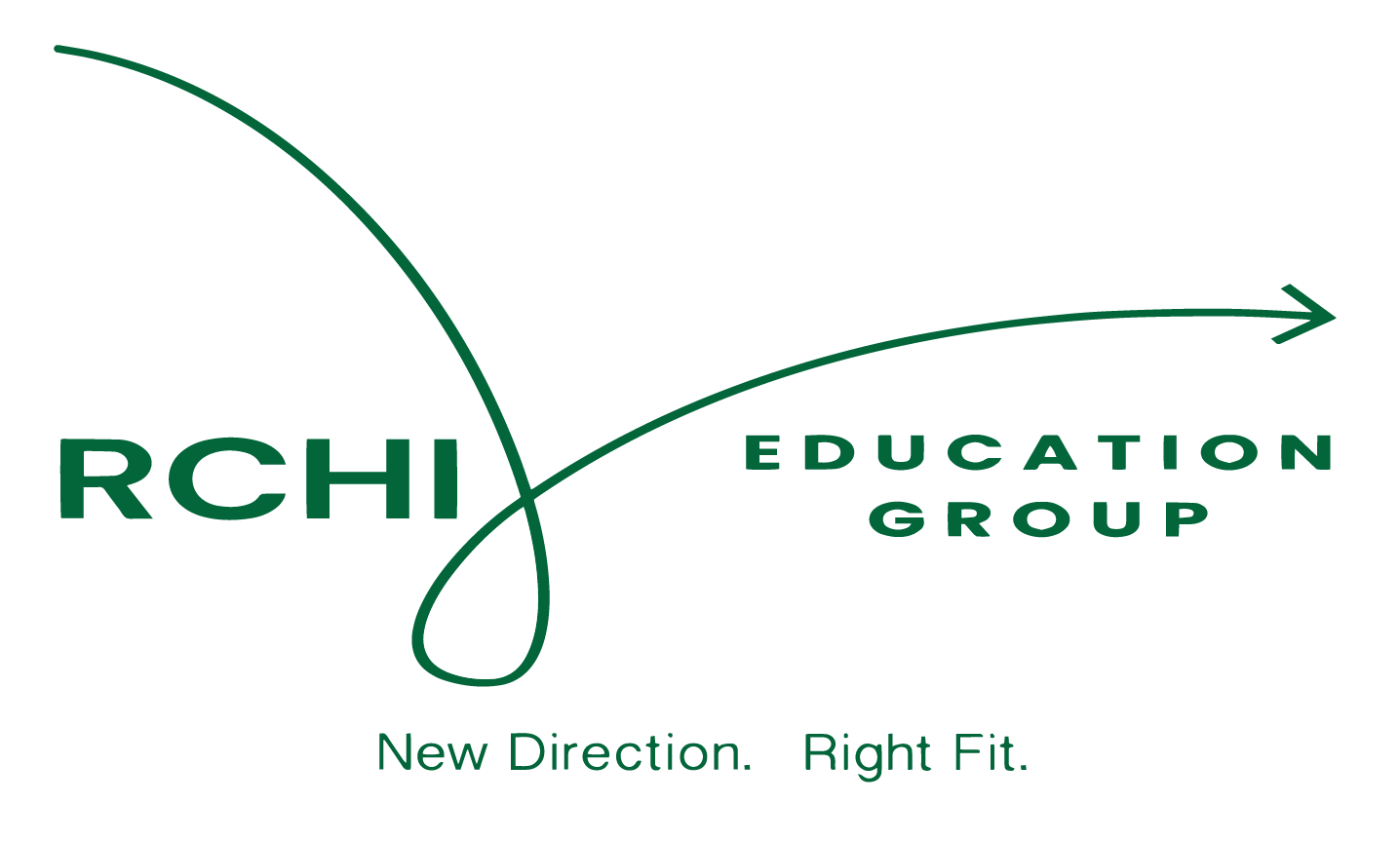“Fit”, as we traditionally understand it, means “of suitable quality, standard, or type to meet the required purpose”. Alternatively, “fit” can also mean “in good health”.
Historically, when finding the right “fit” for higher education, students, parents, guidance counselors, and administrators have tended to use the first definition. For good reason, higher education is typically viewed as an investment, and, as such, one must treat the investment as an object that must be “of suitable quality, standard, or type, etc…” We have now reached a point where higher education fulfills its promises and lives up to it’s investment model, but are our students “in good health”?
Colleges and universities are failing to live up to the second definition, where they can provide an environment that provides “good health” to it’s students. “In good health” can have a host of meanings, but for our purposes of finding the “right” fit, the entire student health – academic, physical, and emotional – must all be addressed. But all are NOT being addressed. According to a report from chegg.org, 58% of students surveyed disclosed that they were “moderately”, “very”, or “extremely” worried about their own mental health. 41% of students reported that they had experienced depression. Colleges and universities are spending more resources on mental health on campus. Wellness programs are being used at rates far greater than in the last five years. Unfortunately, creating and expanding an office where students can go to for acute-need counseling is important, but inadequate. Colleges can and need to do more.
In good health, or “fit”, for the next generation of college students means that families must not perform the college search process like a search for index funds, inserting each attribute into a spreadsheet and checking off all of the boxes. Families and students need to identify schools that will cultivate an environment that values academic achievement alongside emotional health. That wellness and character education are taught in conjunction with STEM programs. “Fit” needs to be understood using both definitions by families. When the whole student is prioritized by higher education, the upward mental health trends currently being seen by colleges will begin to recede.
Finding a school that falls into all of the categories while also including priorities such as emotional and mental wellness isn’t an impossible task – sure, priorities must be shifted, and focus turned to proximal needs rather than distal wants.

